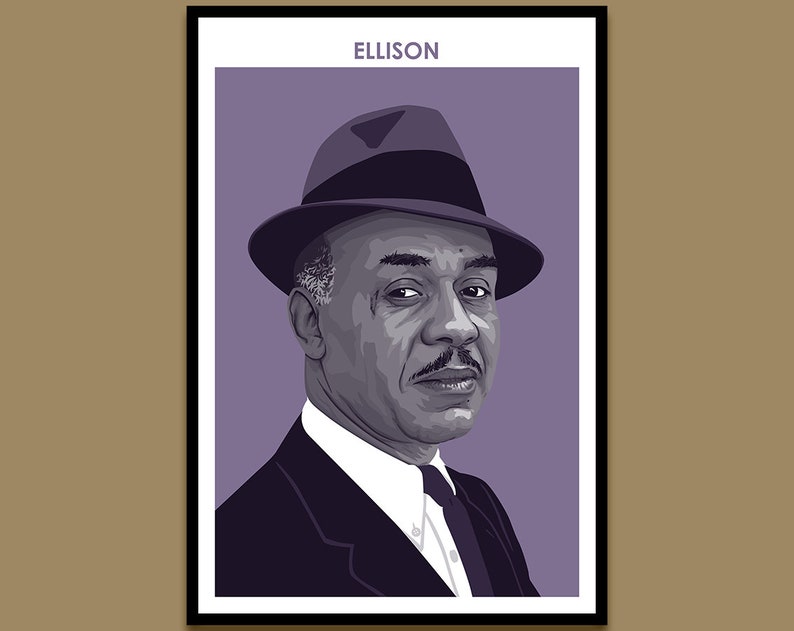
He compares his experience interrupting the flow of time to a prizefight in which the champion was beaten by a yokel (amateur) simply because the latter interrupted his opponent's timing. The narrator's thoughts on music lead him to reminisce about a time he listened to music while smoking a reefer (marijuana joint), amazed at his ability to descend into "breaks" within the music, which normally seemed like one continuous flow. He imagines what it would feel like to have five recordings of Louis Armstrong's "What Did I Do to Be So Black and Blue" playing simultaneously. The narrator, a music lover, has only one radio-phonograph but plans to have five so that he can feel as well as hear his music. Besides, because he is invisible, the narrator is able to live rent-free and avail himself of free electricity.ĭescribing his underground home: the coal cellar of a whites-only building "in a section of the basement that was shut off and forgotten during the nineteenth century," the narrator avoids the picture of a dark hole or crypt, hastening to explain that his cellar is illuminated by 1,369 light bulbs. To illustrate, the narrator relates an incident in which he almost killed a white man in the street for insulting him until he realized the absurdity of a sleepwalker being killed by a phantom, existing only in the white man's nightmares.


Although he considered his invisibility a disadvantage, he points out that it has become an asset.

Without giving a name, the narrator introduces himself as a man, not a ghost, describing the nature of his invisibility: People refuse to see him.


 0 kommentar(er)
0 kommentar(er)
